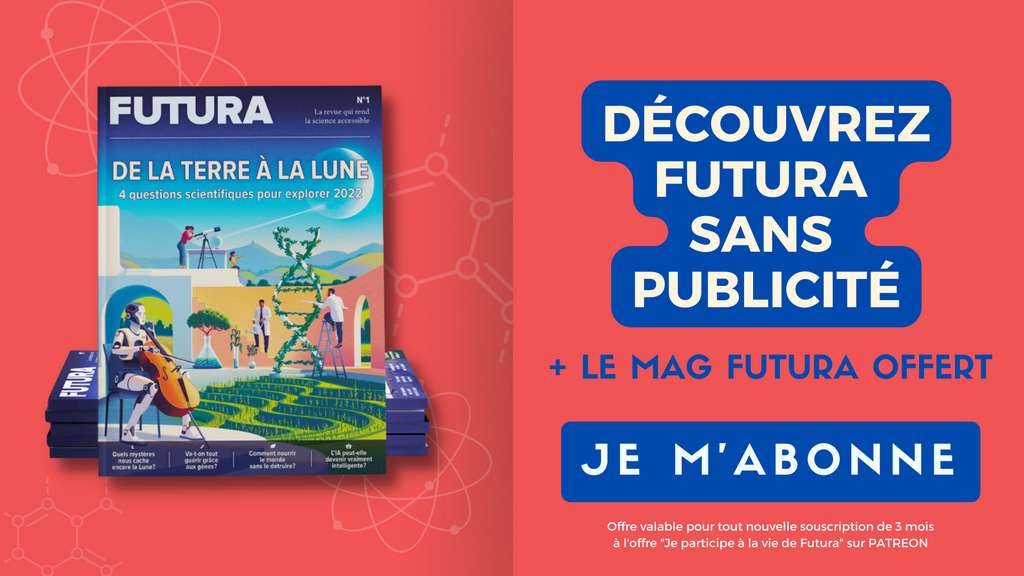A group of researchers from the École polytechnique fédérale de Lausanne (EPFL) has made an important discovery for the future of controlled fusion power generation by magnetic confinement. It therefore concerns tokamaks and it will be put into practice for tests at least in the Iter reactor when it will be in operation. let’s remember that Iter is not a prototype of a fusion reactor for the industrial production of electricity but a kind of laboratory giving concrete proof that such production is realistic. The prototype of such a reactor was called Demo and unless discovered completely unforeseen, for example thanks to the progress of theartificial intelligence, Demo should not come into operation before the horizon of the 2050s.
The discovery that was made by a team from EPFL under the direction of Paul Ricci of Swiss Plasma Center (EPFL), one of the world’s leading fusion research institutes, was exposed in an article published in the famous Physical Review Letters and can be viewed at arXiv. She door on the possibility of using the mixture of deuterium and tritium, isotopes hydrogen, the first of which is easily exploitable in seawater with almost unlimited resources, to produce fusion reactions releasing moreenergy than they require to be started.
In this animated video, the first of a series of three, we answer the first questions we can ask about the Iter program. What is a plasma and what is fusion energy? Why try to reproduce this source of energy on Earth, so abundant in the Universe, but difficult to reproduce in the laboratory? © ITER organization
This requires heating withelectromagnetic waves the mixture of gas to make him reach a new state of matter, plasma. The temperatures reached being of the order of 150 million degrees to obtain the desired result, this plasma must be contained by magnetic fields which confine it in a kind of magnetic bottle in the shape of a torus. It is subject to various instabilities (in particular those at the origin of what are called disruption) and turbulence, such as those found on the surface of the Sun that produce flares. There are good reasons to think that these instabilities can be mastered with the Iter reactor and above all that its size will make it possible to have the efficiency of the fusion reactions necessary for industrial production of electricity.
This hope is the result of decades of research that has progressed in the same Moore’s law that computers, even if the general public may have the impression that this research has on the contrary stagnated for more than 50 years with unfulfilled promises. However, an important step was taken at the end of the 20th century.and century with a European reactor, the Joint European Torus (JET) in the UK, but also theASDEX Upgrade in Germany and the TCV tokamak at EPFL.
A presentation of fusion with magnetic confinement in a tokamak. © CEA, DRF
A new Greenwald limit for tokamaks
The experiments carried out with these machines of the noosphere confirmed in particular a famous law established empirically which expresses a correlation between the density of the combustible, the minor radius of the tokamak (the radius of the ring’s inner circle), and the current that flows through the plasma inside the tokamak. It was discovered in 1988 by the physicist Martin Greenwaldand it bears his name since it has been called since Greenwald limit “. This law is at the heart of the strategy of construction of Iter.
Under certain conditions, avalanches of generations ofelectrons high energy, hitting the inner wall of the tokamak, can also occur.
In theory, Iter is designed to minimize the occurrence of these events. But, it should happen.
But what have the EPFL researchers discovered in connection with it? Quite simply, a revision of this law which implies that one can safely use a greater quantity of hydrogen in tokamaks, and thus obtain more energy than previously thought.
In an EPFL press release, Paolo Ricci gives some details on this subject, explaining that ” in order to produce a plasma for fusion, three elements must be taken into account: a high temperature, a high density of hydrogen and a good confinement. One of the limits of plasma production in a tokamak is the amount of hydrogen that can be injected into it. Since the beginnings of fusion, it has been known that if one tries to increase the density of the fuel, at some point a “disturbance” occurs. Basically, we totally lose containment and the plasma goes anywhere. In the 1980s, we tried to find a kind of law to predict the maximum density of hydrogen that we can put in a tokamak “.
The beginning of a course on plasma physics by Paolo Ricci. To obtain a fairly accurate French translation, click on the white rectangle at the bottom right. The English subtitles should then appear. Then click on the nut to the right of the rectangle, then on “Subtitles” and finally on “Translate automatically”. Choose “French”. © EPFL
A deuterium-tritium mixture twice as dense
It is precisely this law that is called the Greenwald limit. Paolo Ricci continues his explanations about him: “ Martin Greenwald established the law empirically, meaning entirely from experimental data, not from tested theory or what we would call first principles. Still, the limit worked pretty well for search. And, in some cases, like that of Demo (the successor to Iter), this equation constitutes an important limit to their operation, because it says that one cannot increase the density of the fuel beyond a certain threshold. »
But that has just changed, thanks in particular to new numerical simulations undertaken by Maurizio Giacomin, doctoral student in Paolo Ricci’s team, as announced in the EPFL press release. ” The simulations use some of the largest computers in the world, such as those made available by CSCS, the Swiss National Center for Scientific Computing, and by EUROfusion. Through our simulations, we have found that as fuel is added to the plasma, parts of it move from the outer cold layer of the tokamak – i.e. to the periphery – towards its core, as the plasma becomes more turbulent. Then, unlike a electric wire in copper, which becomes more resistant when heated, plasmas become more resistant when cooled. So the more fuel you put in it at the same temperature, the cooler some of its parts become – and the harder it is for current to flow through the plasma, which can lead to disturbance. “says Paolo Ricci again.
In the end, we can almost double the quantity of hydrogen in a reactor like Iter and especially Demo, and therefore almost double the planned energy production.
It remains to verify this new limit of Greenwald, which, alas, will not be able to see the former director general of ITER Organization who had been in office since 2015, Bernard Bigot, since he died on May 14, 2022, carried away by the disease at the age of 72.
A presentation of the Iter project for controlled nuclear fusion. At the very beginning of this video we can see Bernard Bigot. To obtain a fairly accurate French translation, click on the white rectangle at the bottom right. The English subtitles should then appear. Then click on the nut to the right of the rectangle, then on “Subtitles” and finally on “Translate automatically”. Choose “French”. © iterorganization
Right now, receive the Mag Futura for free by subscribing to our subscriptions!
Did you know that you can access Futura without ads via our subscriptions?
At the moment, you can discover this advantage with our special offer: subscribe to the “I participate in the life of Futura” (for a minimum of 3 months) and receive the Mag Futura at home* (worth €19)!
*Mag Futura is sent after the third month of registration.
Interested in what you just read?

